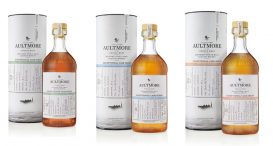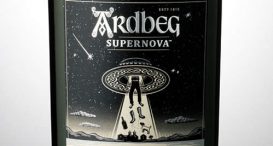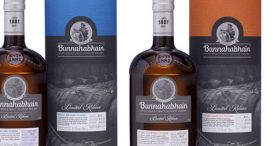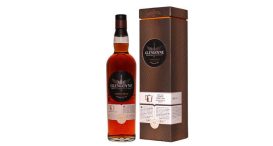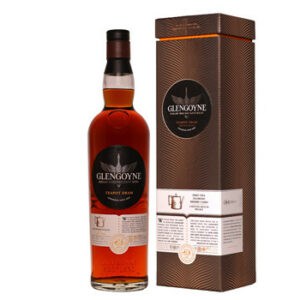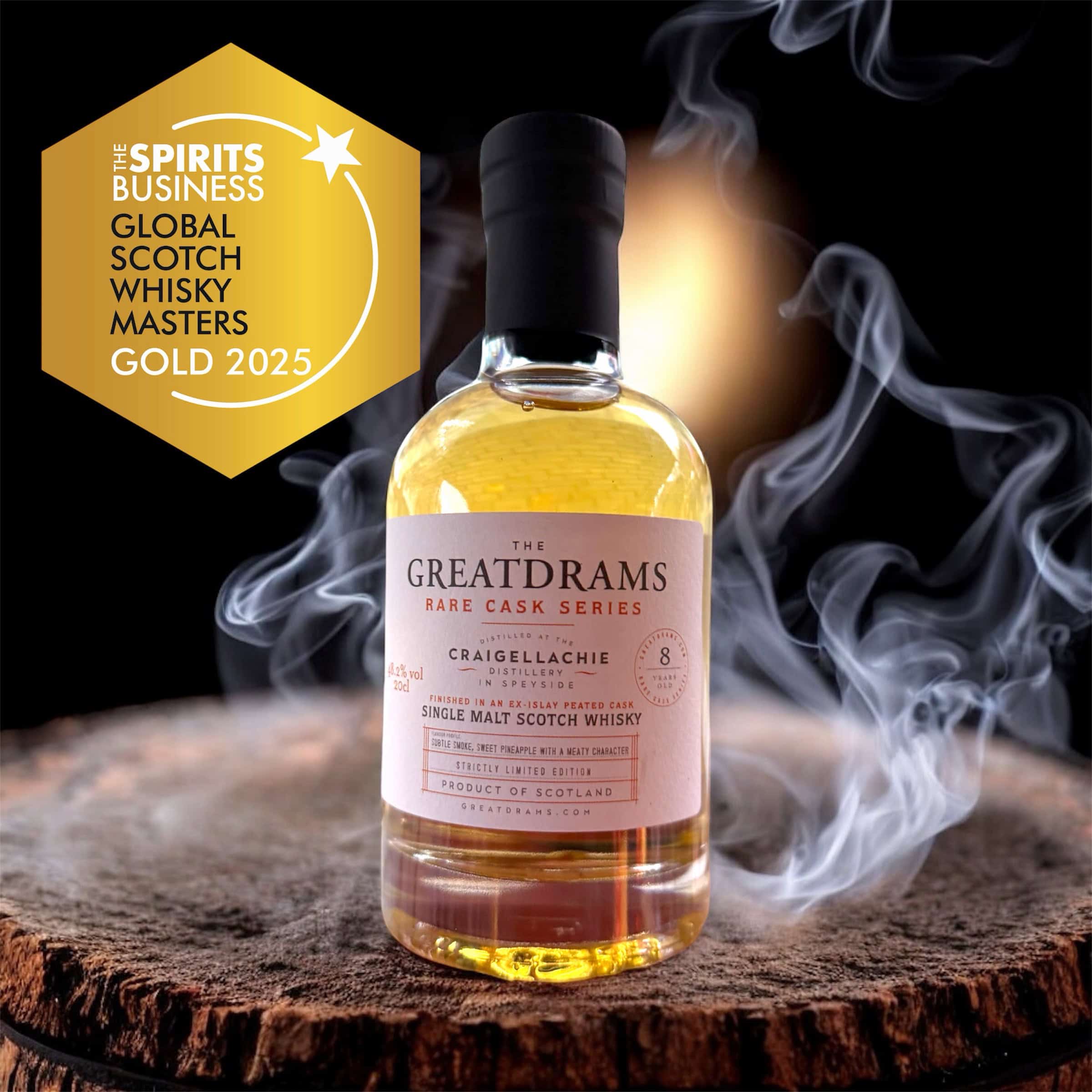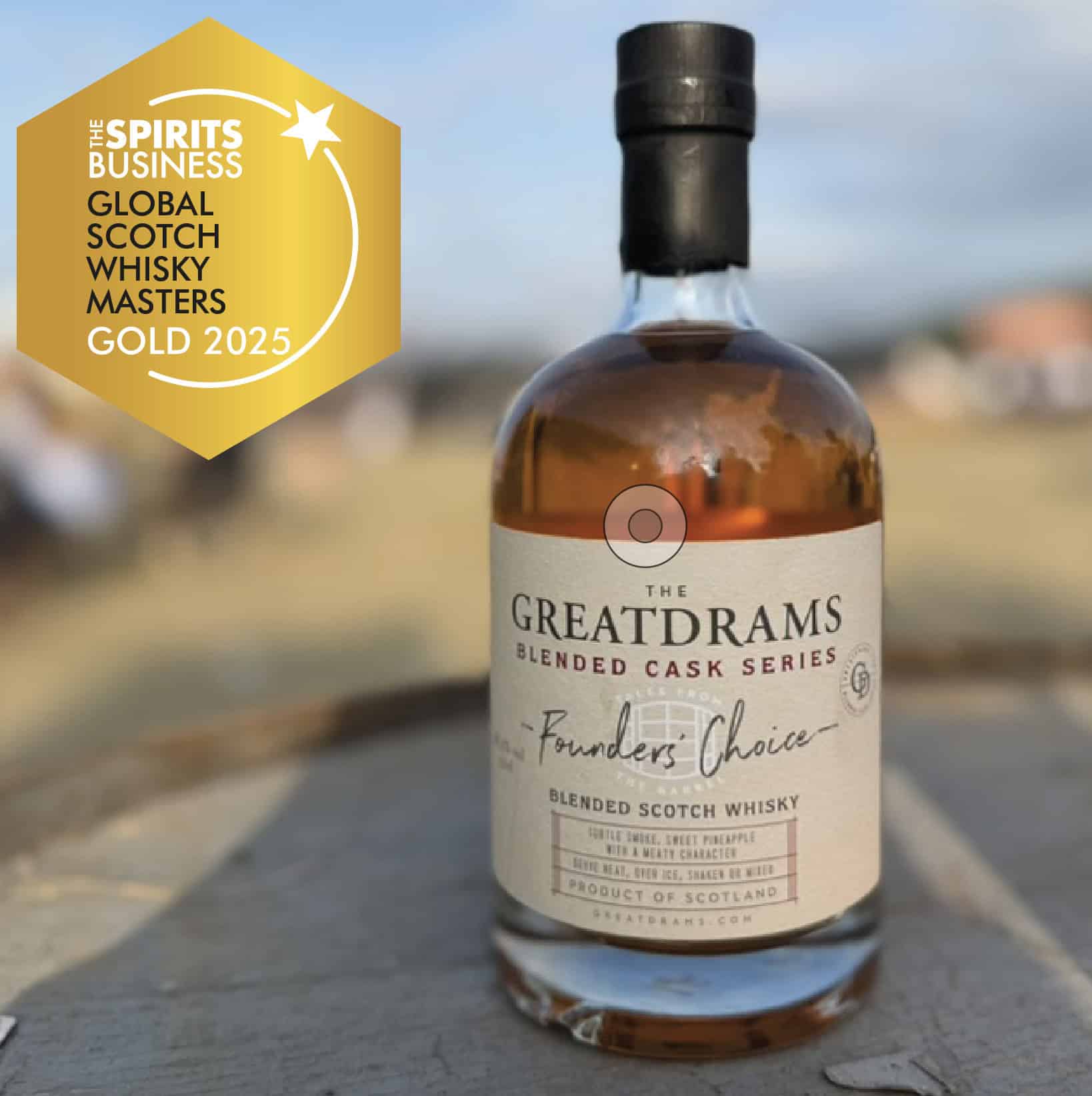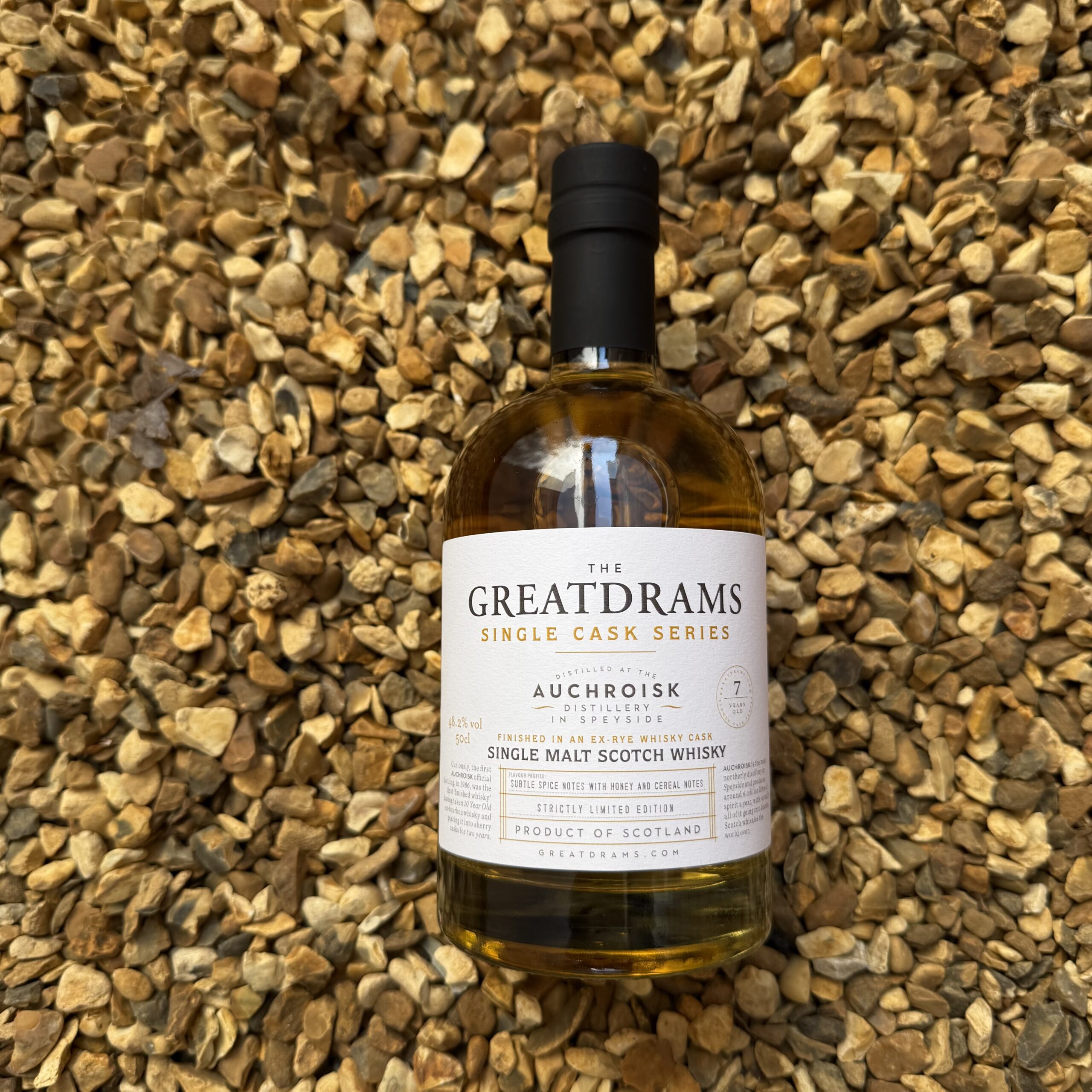Scotch Whisky Regions – Your Ultimate Guide
Scotland is known for many culinary delights. You’ve got tattie scones, lorne sausage, haggis, Irn Bru, teacakes, pizza crunch, and plenty more besides. Seriously, if you’ve never tried them, you’re missing out. The main thing that Scotland is known for however, is something that we know very well here at GreatDrams.com and that is whisky!
There’s just something magical about Scotch that you just can’t recreate with other spirits, and other types of whisky/whiskey. One thing that Scotch drinkers will notice right away is the fact that the Scotch can vary from region to region.
Despite the fact that Scotland is a fairly small country, the Scotch produced here can vary massively from region to region. Whether it’s the heavily peated whiskies of Islay, or the soft, smooth, and creamy malts of the lowlands, the different regions producing Scotch can have a huge influence over the finished product.
In Scotland you will find 6 whisky-producing regions, consisting of the Highlands, lowlands, Islay, Speyside, Campbeltown, and the Islands. Each one produces a different style of Scotch, which is what we’re going to look at today. Here is your ultimate guide to the different whisky regions found in Scotland.
Speyside
Starting off with the most prominent example, we have Speyside. Speyside is, by far, the largest whisky-producing region in the country, as it is home to more than 60 whisky distilleries.
Speyside is also home to the world’s best-selling single malt Glenfiddich, along with other favourites including Glenlivet, Dalwhinnie, and Macallan whisky.
As the name suggests, this particular region of Scotland is found along the side of the River Spey, on the Northeast of Scotland. It is technically a sub-region of the Highlands, yet it has its own unique characteristics. It is home to glens rich with peat, fresh Speyside mineral water, rugged coastlines, and whisky which is often matured in a sherry cask.
Situated a stone’s throw from Aberdeen and Inverness, you’ll find that Speyside whiskies often provide fruity notes from the sherry casks, an earthy and smoky finish from the peat, apple, pear, vanilla, and winter spices with a touch of honey. Speyside Scotch is a great all-arounder, which is probably why Glenfiddich is the world’s most popular Scotch whisky.
Islay
Islay, which is pronounced ‘eye-luh’ is a small Scottish island located just off to the west of Scotland’s mainland, on Scotland’s southern coast, and is the smallest whisky-producing region in the country, as it is home to less than 10 distilleries, 8 in fact.
Don’t let that fool you however, as 3 of the island’s 8 distilleries are world-famous brands consisting of Laphroaig, Ardbeg, and Lagavulin.
What Islay lacks in size however, it more than makes up for in terms of flavour. If you enjoy your Scotch peaty, you’re going to enjoy Islay Scotch, it’s that simple. The peat found on the island is often used as fuel for the fire in the malting process of single malt, which gives the whisky its smoky and earthy expression.
Known affectionately as ‘Whisky Island’ the whisky produced here is strongly peated and smoky, with salty coastal influences and a sprinkling of crisp apples.
Highlands
Perhaps most commonly associated with the whisky distilling industry we have the rugged and majestic Highlands. With barren moorlands, rugged landscapes, scenic glens, coastlines, hills and mountains, the Highlands really do have it all in terms of stunning vistas.
In terms of area, the Highlands is Scotland’s largest whisky producing area by far. Because of this, Highland whisky can vary hugely in this region. Eastern Highland whisky for example, has more of a peaty influence which evokes images of an Islay expression. Scotch produced in the Northern Highlands however, has more of a sweeter characteristic.
Typically, because of a lack of barley here, whisky was distilled in smaller stills, resulting in a fuller body and a richer finish.
Home to more than 25 distilleries, you’ll find firm favourites such as Glenmorangie and Dalmore whisky, being produced in this part of the country.
If you like different expressions, flavours, aromas, and finishes in your whisky, Highlands whisky could be ideal because it varies so much. You can have rich and fruity whisky, peated whisky, herbal whisky, oaked whisky, drier whiskies, and many more besides.
Lowlands
Home to fewer than 5 distilleries as of this writing, even though the Scottish lowlands take up a great deal of space, this region of Scotland isn’t well known for its distilleries.
Situated in the southern most part of the country, famous lowlands whisky includes Auchentoshan and Glenkinchie.
If you are not a fan of harsh Scotch whisky, or if you prefer mellower flavours, Lowlands whisky is ideal as it is much more subdued and is more like an Irish whiskey. In fact, because it is so gentle, most lowland whisky is used to produce blended whisky, which by the way, is incredible!
Typically, lowlands whisky will provide you with notes and aromas of vanilla, toffee, cream, honey, ginger, cinnamon, and floral finishes. If you’re looking for a gateway into the magical world of malt whisky, without rushing in headfirst, lowland whisky is perfect.
Campbeltown
The town of Campbeltown is another small region of Scotland well known for its whisky production. Once upon a time it was a thriving whisky producing region that was home to more than 30 distilleries. Nowadays however, there are less than 5 remaining, including Springbank and Glengyle.
Part of mainland Scotland, located primarily on the Southwest coast, you’ll find that the coastal location of Campbeltown distilleries can greatly influence the whisky produced here. Sprinkbank whisky for example, is heavily peated and smoky, whereas other expressions have notes of brine and seaweed, with toffee, honey, and mixed berries also shining through.
The Islands
Finally, we have The Islands.
Although not technically a Scots region, the whisky produced here is made in distilleries which surround the Scottish mainland and is classed as a whisky-producing region.
Whiskies produced here vary from island to island, with Jura, Orkney, Raasay, Mull, Skye, and Arran all being prime locations. Talisker and Jura for example, are Island whiskies and are globally revered, and rightfully so.
You will find nearly 800 islands off the coastline of Scotland, with just a small handful being inhabited. Again, the whiskies here pick up that coastal influence of being salted, brined, and earthy, though you will also find sweet and fruity notes thanks to the sherry casks in which the whisky is aged.
Photo by Maxim Hopman on Unsplash



